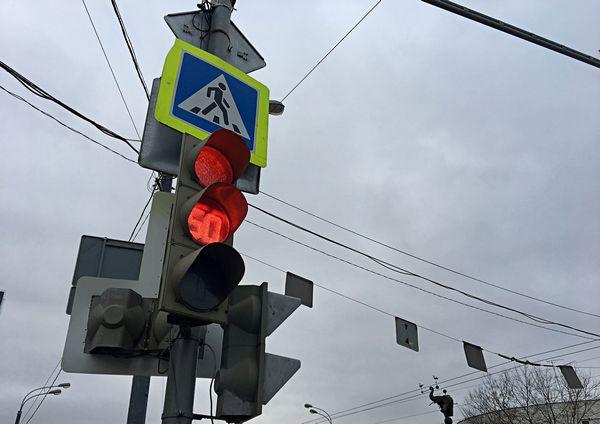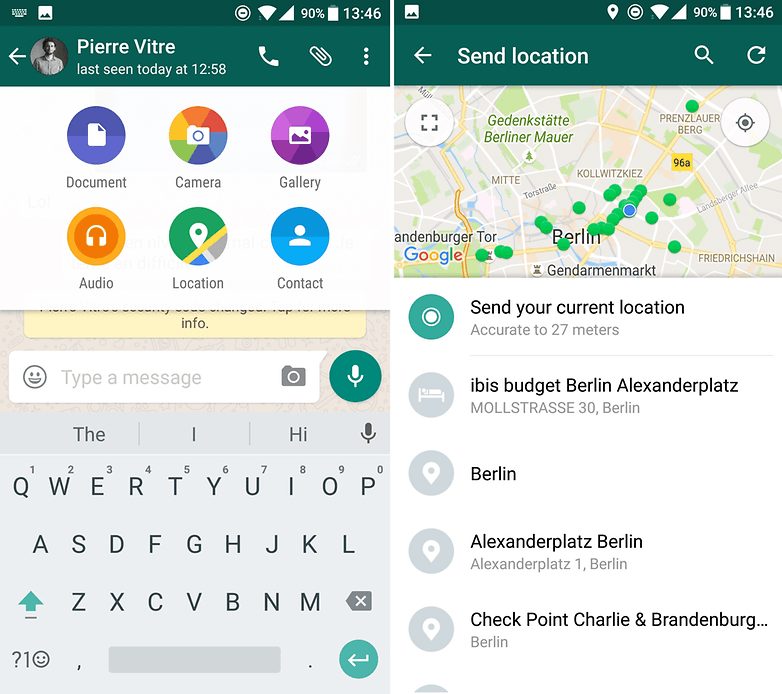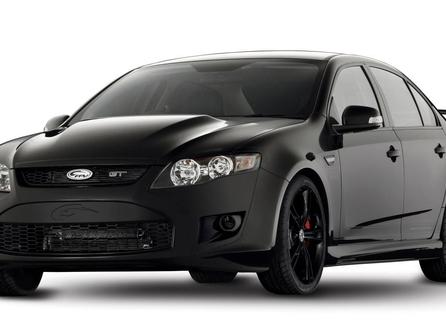
Driving at traffic lights
When should you use low beam headlights and when should you use fog lights? Wouldn't it be better if drivers also had dipped beam during the day?
Junior Inspector Mariusz Olko from the Traffic Department of the Provincial Police Headquarters in Wrocław answers questions
When should you use low beam headlights and when should you use fog lights? Wouldn't it be better if drivers also had dipped beam during the day?
– From March XNUMX, drivers are no longer required to turn on their low beam (or daytime) headlights on their vehicles when driving from dawn to dusk. However, I would recommend using them even in good visibility conditions, as this greatly improves safety. With regard to the rules for the use of outdoor lighting, the driver is obliged to use the dipped beam when driving in conditions of normal air transparency:
Don't blind others
During the period from dusk to dawn on unlit roads, instead of dipped beam headlights or in combination with them, the driver of the vehicle may use high beam, so long as it does not dazzle other drivers or pedestrians moving in the convoy. The driver of the vehicle, using the high beam headlights, is obliged to switch them to the low beam when approaching:
The obligation to use passing lights while driving also applies to drivers of motorcycles, mopeds or rail vehicles.
On a winding road
On a winding road, the driver can use the front fog lamps from dusk to dawn, as well as in normal air transparency. These are routes marked with the appropriate road signs: A-3 “Dangerous Turns - First Right” or A-4 “Dangerous Turns - First Left” with the sign T-5 below the sign indicating the beginning of the winding road.
If the vehicle is equipped with fog lamps, the driver must use the headlights when driving in conditions of reduced air transparency caused by fog or precipitation. On the other hand, the rear fog lamps may (and therefore do not have to) be switched on together with the front fog lamps in conditions where the transparency of the air limits visibility to less than 50 meters. In the event of improvement in visibility, he is obliged to immediately turn off these lights.
To the top of the article

